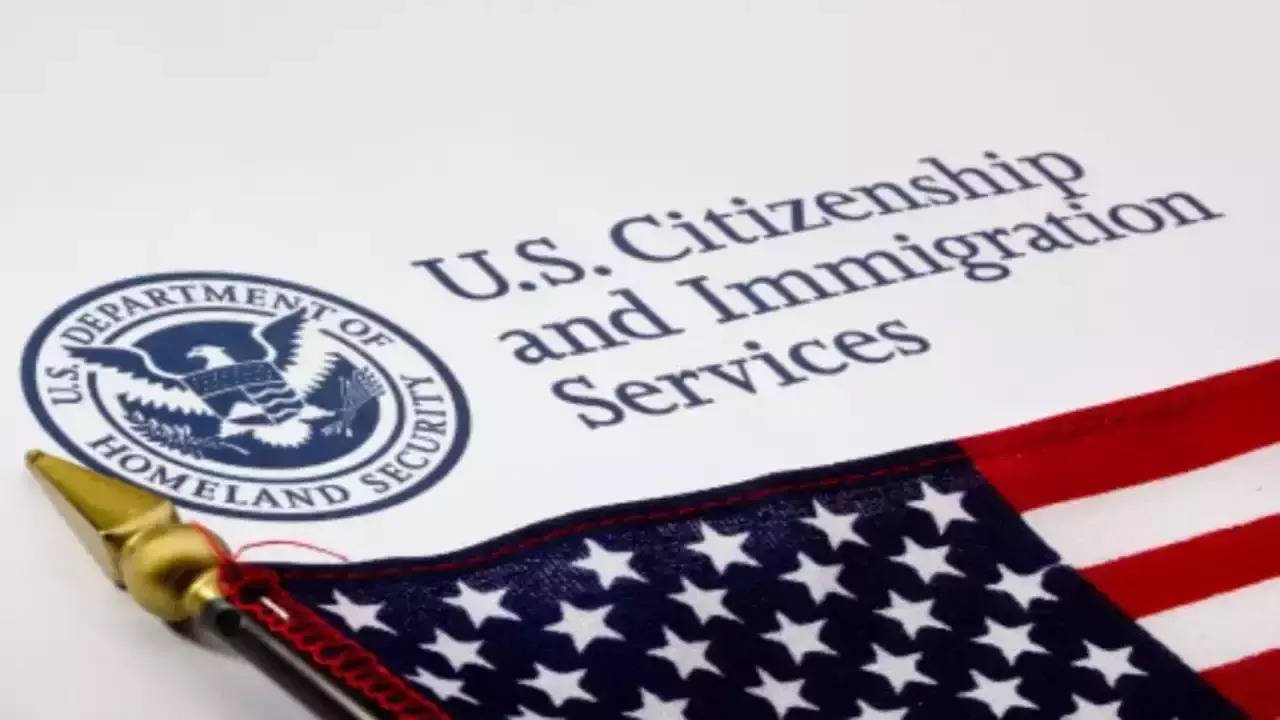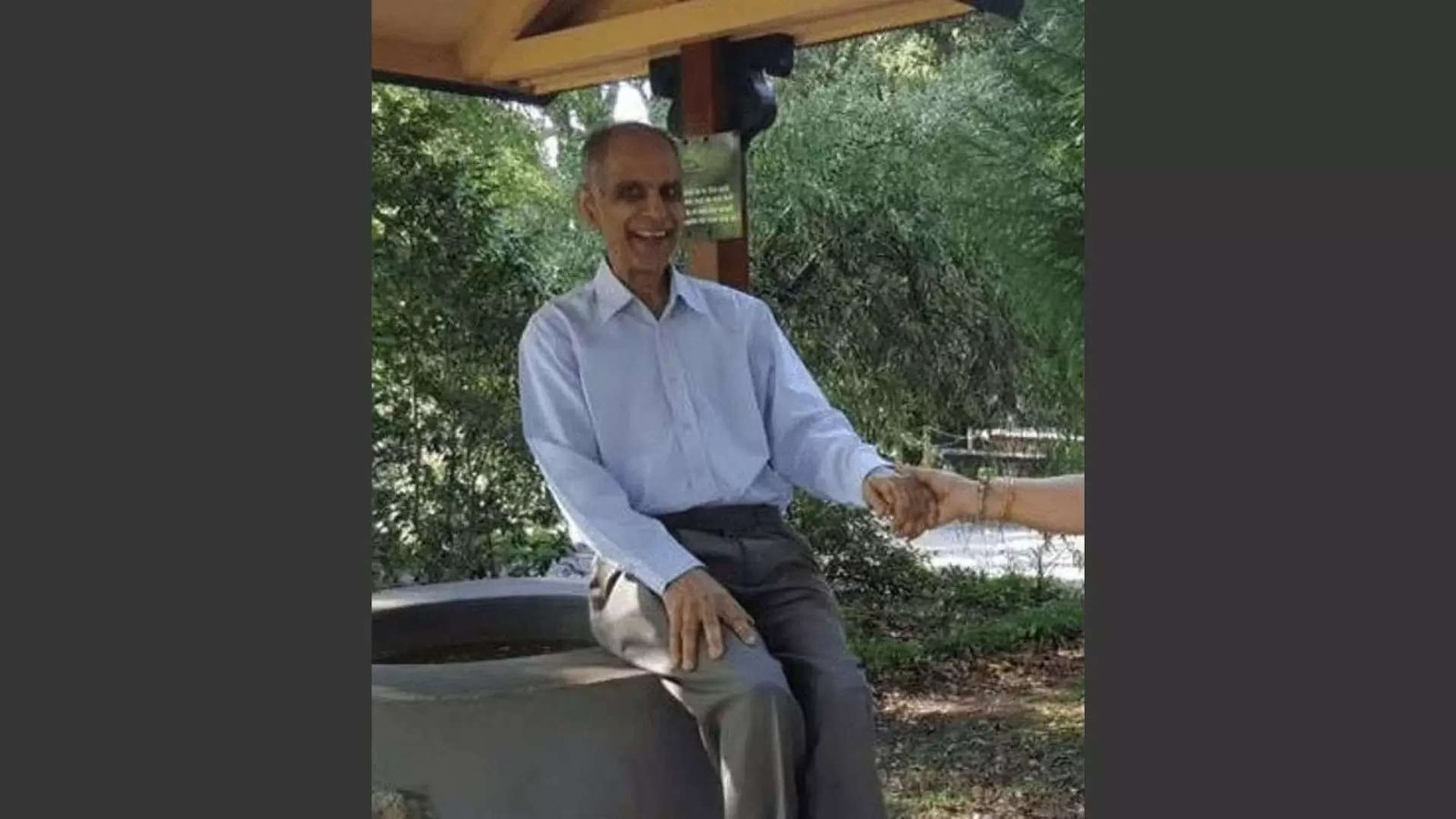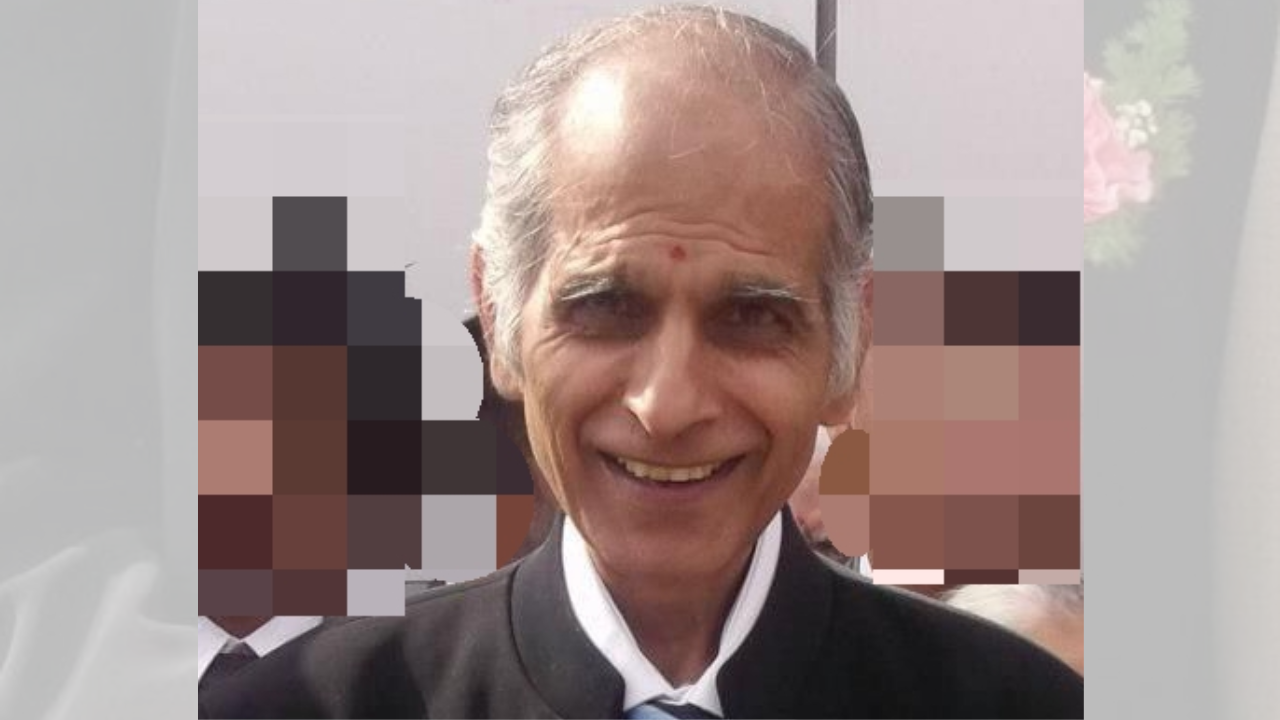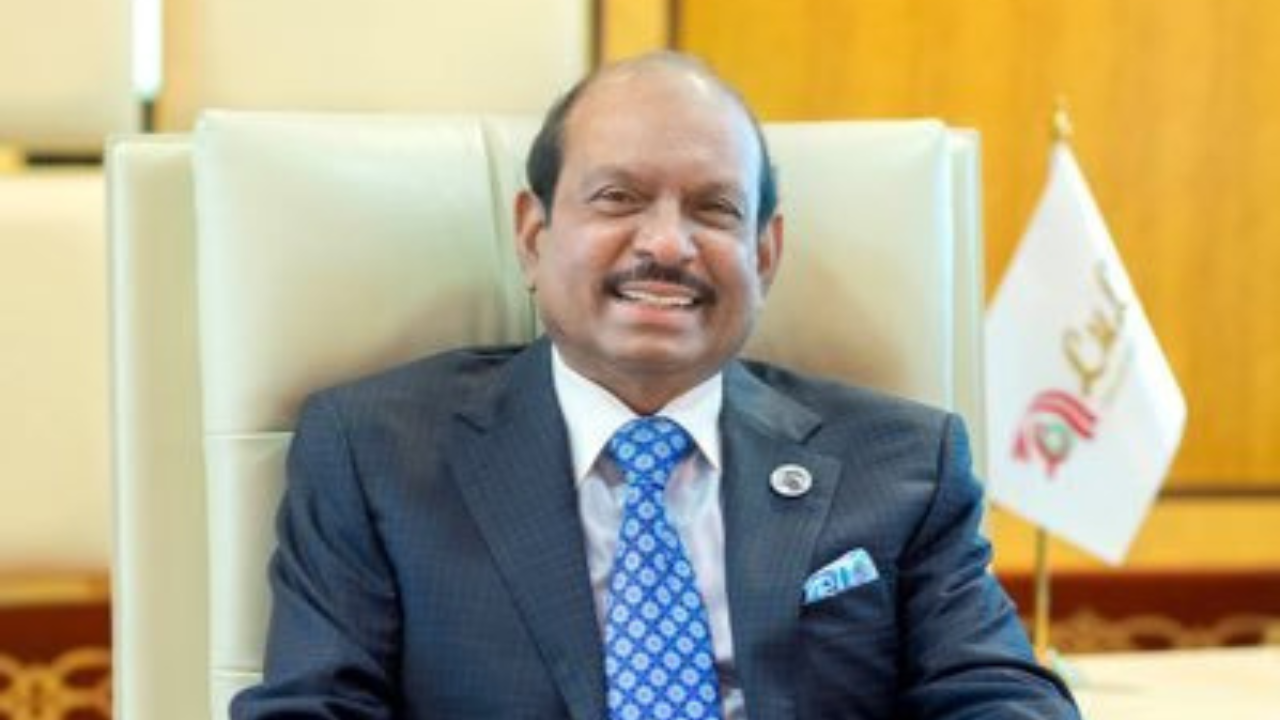USCIS announces key OPT policy changes for international STEM students

[ad_1]
MUMBAI: The US Citizenship and Immigration Services (USCIS) has on Aug 27,2024, updated its policy guidelines as regards optional practical training (OPT) for international students in the Science, Technology, Engineering, and Mathematics (STEM) fields.
While international students get an opportunity to work for a year post qualification, STEM students get an additional two years.Thus, the OPT tenure for them is three years.
Clarifications on whether distance learning would contribute to their study-requirement without violating the norms of the F1 (student visa), or that post an associate degree, an OPT is possible are some key clarifications. The updated policy guidelines come into effect immediately, including for pending requests.
As per the last Open Doors survey, issued in November 2023, the number of international students from India to the US increased by 35 percent and resulted in an all-time high of 2,68,923 students in academic year 2022-23. Nearly 69,000 Indian students were pursuing OPT.
Students in the US and those aspiring to study there, should note the salient highlights of the policy guidelines:
While international students get an opportunity to work for a year post qualification, STEM students get an additional two years.Thus, the OPT tenure for them is three years.
Clarifications on whether distance learning would contribute to their study-requirement without violating the norms of the F1 (student visa), or that post an associate degree, an OPT is possible are some key clarifications. The updated policy guidelines come into effect immediately, including for pending requests.
As per the last Open Doors survey, issued in November 2023, the number of international students from India to the US increased by 35 percent and resulted in an all-time high of 2,68,923 students in academic year 2022-23. Nearly 69,000 Indian students were pursuing OPT.
Students in the US and those aspiring to study there, should note the salient highlights of the policy guidelines:
- Online and Distance Learning Courses: The new policy clarifies that F1 students may count one class or up to three online credits per term towards their full course of study requirement, if they take the class online or through distance learning. In other words, a limited amount of online or distance education will count towards completion of the class requirement, without violating the terms of their
F1 visa . - Associate’s degree also qualifies for OPT: Eligibility for Post-Completion OPT: USCIS has clarified that international students may be eligible for post-completion OPT after completion of an associate’s, bachelor’s, master’s, or doctoral degree program. In terms of education, an associate degree falls between a high school diploma and a bachelor’s degree and could be of a duration of just two-years.
- Transfers between educational institutions: The new policy clarifies that F1 students can transfer between schools that are certified by the Student and Exchange Visitor Program (SEVP). This applies for transfers within the same educational level (like one study stream to another at say a bachelor’s level) or moving to a higher level such as a master’s program.
- 60-Day Grace Period: USCIS explains thatduring the 60-day grace period post completion of OPT, students may change their education level, transfer to another SEVP-certified school, or file an application or petition with USCIS to change to another non-immigrant or immigrant status. An employer where a student has finished his/her OPT can sponsor the F1 visa holder for an H-1B, but this entails participation in the random draws (lottery) and students are not always successful in obtaining a work visa via this route.
- Time of application for an OPT: The new policy corrects the period during which international students may apply for STEM OPT extensions and makes other technical corrections. F-1 students should submit a properly filed Form I-765 (for employment authorization-EAD) up to 90 days before the expiration of the F-1 student’s existing EAD.
- Study abroad program: USCIS clarifies that a student enrolled in a SEVP-certified school during a study abroad program may remain active in the Student and Exchange Visitor Information System if the study abroad program lasts less than five months, but that the student will need a new Form I-20 (Certificate of eligibility for nonimmigrant student status) if the program is of a longer duration.
[ad_2]
Source link




